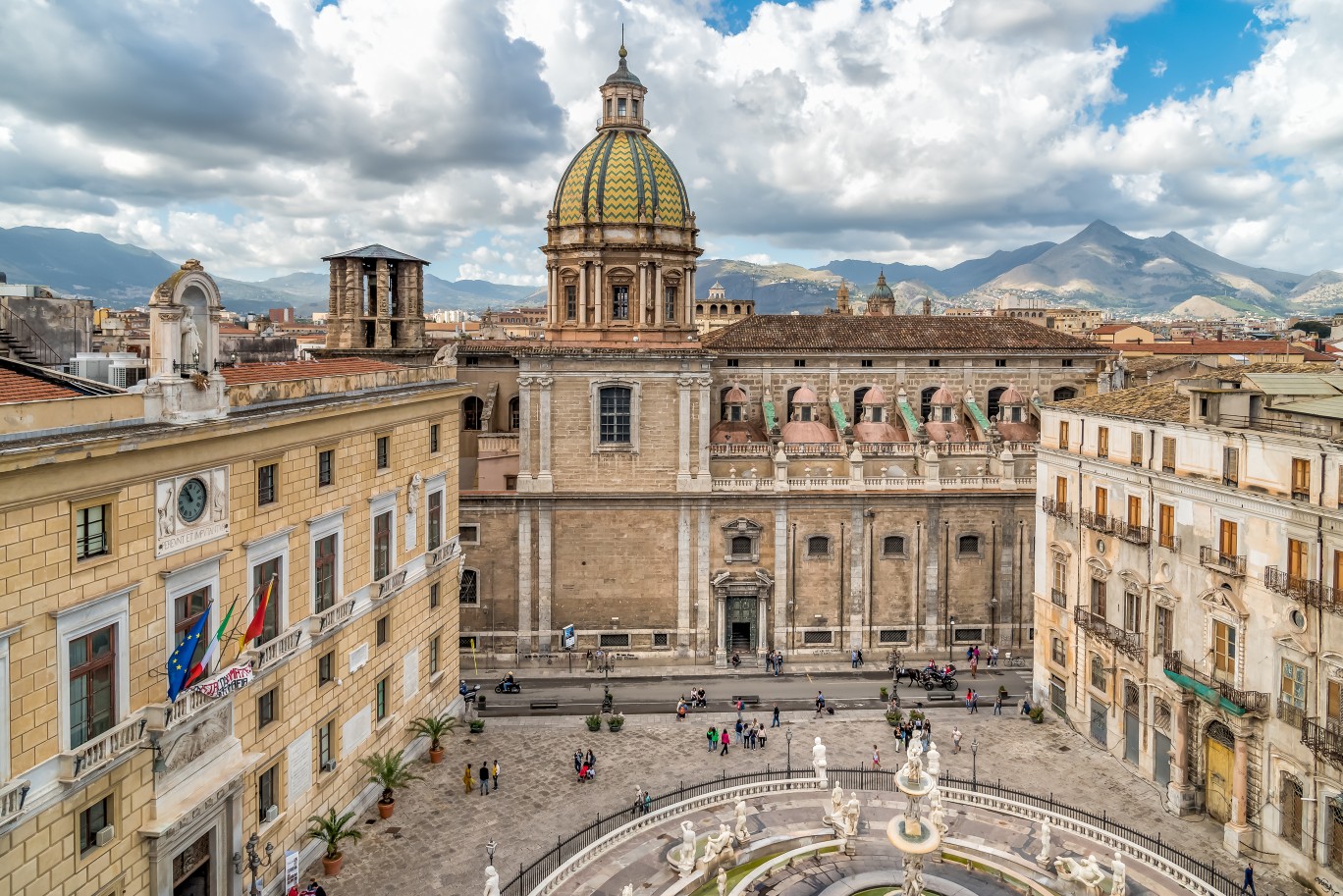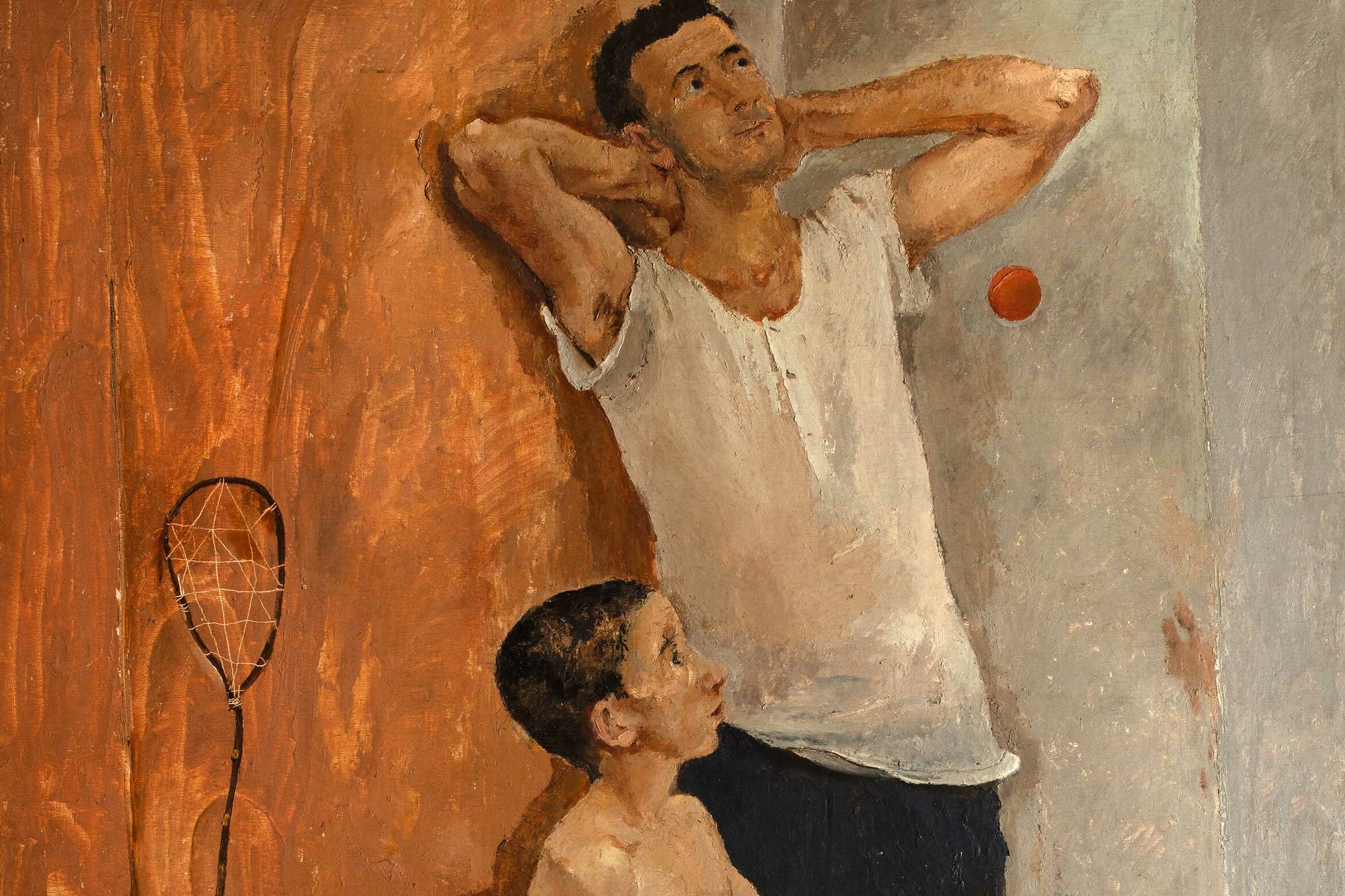In the midst of the countless churches gracing the historic center of Palermo, some of which are UNESCO World Heritage sites, one cannot help but notice the one that occupies a prominent place at the Quattro Canti, or Piazza Vigliena. This square lies at the heart of the ancient city and serves as the intersection of the main, oldest streets that crisscross the capital of the Sicilian region: Via Vittorio Emanuele – formerly known as the Cassaro – and Via Maqueda. This remarkable church is none other than the Sanctuary of San Giuseppe dei Teatini.
Once dedicated to Sant’Elia and chosen as a place of worship by carpenters, it carries the memory of this association with their emblem located beneath the statue of San Giuseppe, in the niche above the portal.
Its construction spanned over thirty years, from 1612 to 1645, but it wasn’t until 1844 that the neoclassical main façade, which faces Via Vittorio Emanuele, was completed. The church suffered damage during the bombings of 1943, and its restoration was finalized in 1966 when it was reopened for worship. The ceilings are adorned with frescoes, the side chapels and walls with marbles, and the altars are enriched with semi-precious stones. The Baroque style is evident in the wooden furnishings, while on either side of the entrance door, you can find two marble holy water stoups supported by stucco angels from the late 1700s. These were crafted by Ignazio Marabitti – the one on the right – and by his disciple Federico Siragusa, who succeeded him when the master suffered a stroke on January 1, 1795.
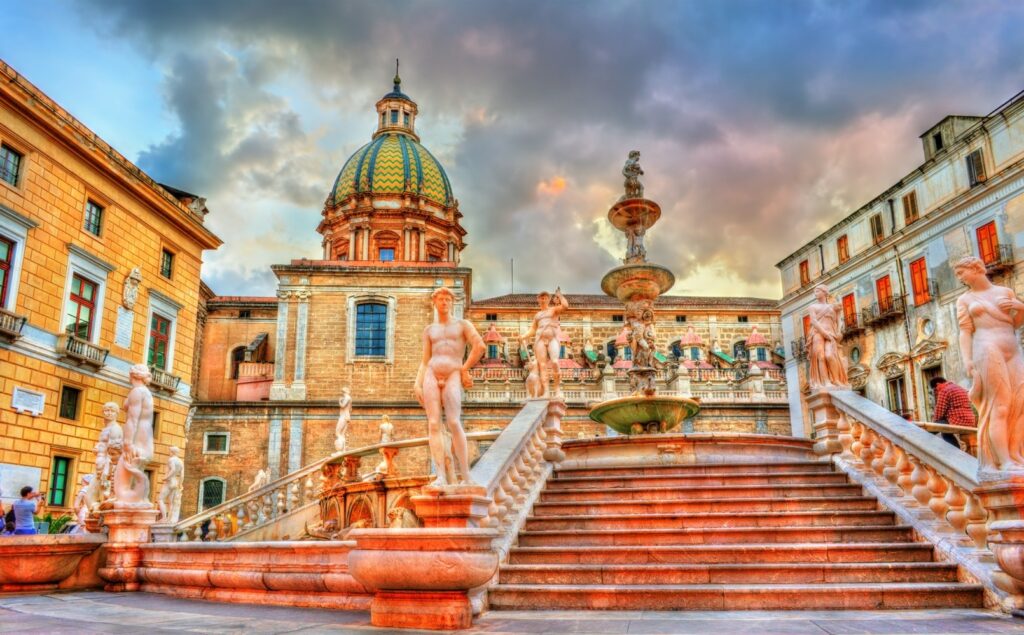
The temple consists of three naves accentuated by two rows of majestic marble columns, thirty-four in total, sculpted by artists such as Gagini, Novelli, Marabitti, and Borremans. Four of these columns are so imposing – standing at an impressive eleven meters, well oversized compared to the standard ones – that they support the dome. The use of locally produced Billiemi stone was, and still is today, a guarantee of stability.
The basilica was founded by the Order of Regular Clerics of the Teatini, established in 1524. In 1602, three Teatini fathers arrived in Palermo from Naples to spread their Order’s teachings throughout the Kingdom of Sicily. After searching for a suitable location to establish their headquarters, they identified the ideal place for their needs in 1603. They found it on Via Maqueda, near the Church of Sant’Elia, which belonged to the Carpenters’ guild. Therefore, the dedication to San Giuseppe – the patron saint of carpenters (he was one himself) – was only natural.
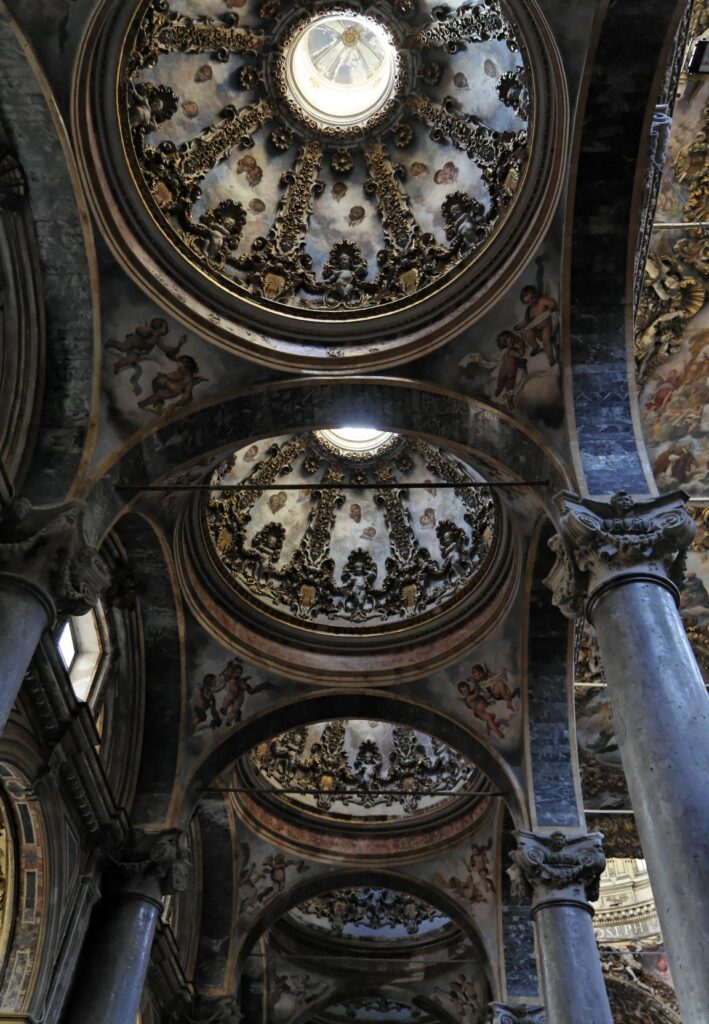
The layout of this church follows a Latin cross plan, boasting two entrances: the main one on the Cassaro side, and the secondary one on Via Maqueda, facing Piazza Pretoria where the Municipal Palace stands proudly. It is crowned by a bell tower situated on the side street near the secondary entrance, rising in two tiers, the second of which can be attributed to the architect Paolo Amato. Twisting columns rise from an octagonal base, supporting the wooden roof of the bell tower.
The church also houses a second place of worship, an underground chamber known as the hypogeum, where a beautiful Presepe is displayed during Christmas. Dedicated to the Madonna della Provvidenza (Madonna of Providence), it features a small painting from 1610 depicting the Madonna with the Child Jesus. Tradition has it that this image has granted numerous blessings over the centuries. Inside the church, there is also a well whose water is attributed with miraculous healing properties. Devotees who seek the protection of the Madonna della Provvidenza inscribe their names in the Book, which is renewed annually. Every second Wednesday after Epiphany, the Book is placed on a throne beneath the Madonna’s image, and every Wednesday throughout the year, a Mass is celebrated for the benefit of all those enrolled in it. To maintain the devotion and worship of the Madonna, believers are asked to make a monetary offering at the time of inscription, as a personal sacrifice.
Within the basilica, significant works of great artistic value by Gagini, Pietro Novelli, Ignazio Marabitti, Federico Siragusa, Giuseppe Velasquez, Antonio Manno, and the frescoes by Guglielmo Borremans from 1724 in the dome – depicting the fall of rebellious angels – are preserved. The opulent Sicilian Baroque style is particularly evident in the polychrome stuccoes, statues, and all the frescoes. Adding to the church’s splendor is a three-manual organ in the choir section.
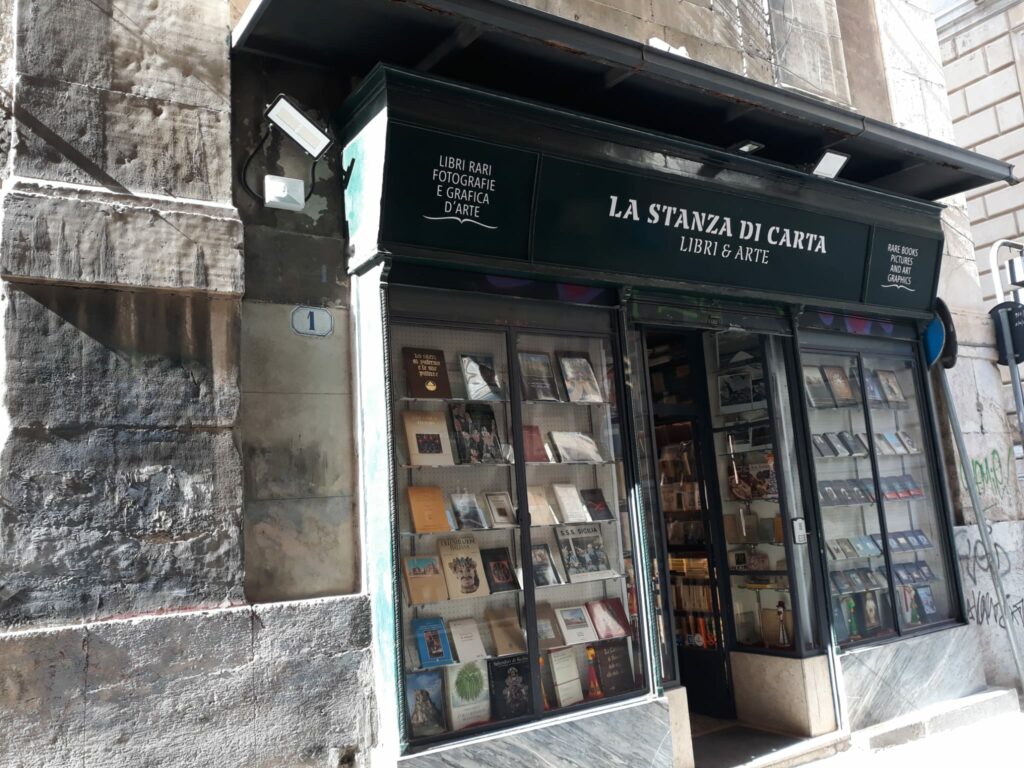
We mentioned the bell tower and its architectural structure in the upper part, but we haven’t discussed its lower part, which angles toward Via Giuseppe D’Alessi. In this truly unique location, a tiny bookstore is tucked away, spanning a mere 19 square meters but extending six and a half meters in height. Its owner, Pietro Onorato, made a personal bet with himself and acquired this “room”- for it can be called nothing else given its dimensions – in 2019 to transform it into a haven of culture, his dream place, his Wunderkammer (cabinet of curiosities). Much of the shelving dates back to 1920 and reaches up to the ceiling, concealing various compartments, some impossible to find without the bookseller’s guidance. Among them is a serviceable one on the ground floor. At a height of about three meters, there is another compartment known as the “pleasure room” because it contains erotic books and magazines. Another one, also at the same height and hidden behind a shelf measuring one meter by two, opens inward to reveal a small corridor and a small window: the “mystery room” where, naturally, mystery novels are found. At the entrance, which is also original, a sign reads: “La Stanza di Carta is a small and well-organized bookstore, barely a room (or two), where you can find what you never even thought to look for.” Indeed, apart from books exclusively in paper format, you can discover rare volumes, unused but salvaged from other defunct bookstores, including those from private individuals and libraries that no longer exist. In essence, these are books that are no longer in print, elusive first editions. They are, in a sense, niche books, carefully selected one by one by Pietro Onorato, and they are also of exquisite editorial quality.
A narrow staircase leads to a balcony where another reading spot is located – one is already on the ground floor. From here, you can observe the library from above, looking down at the circular arrangement of books on a table at the center, resembling the rays of the sun; a window illuminates the space. In this place, it seems that time has come to a standstill, with the bell tower watching over a discreet form of culture, not shouted from the rooftops but comprised of small literary masterpieces that have allowed a small yet great bookseller to continue dreaming.
